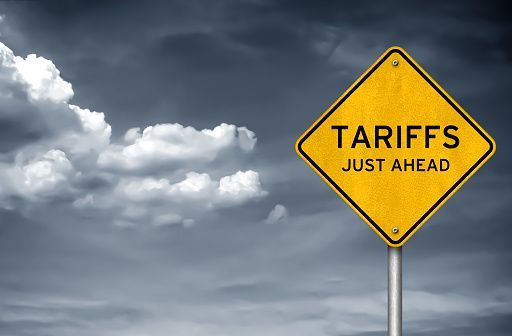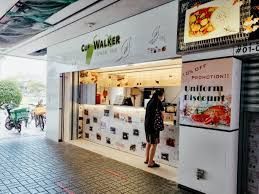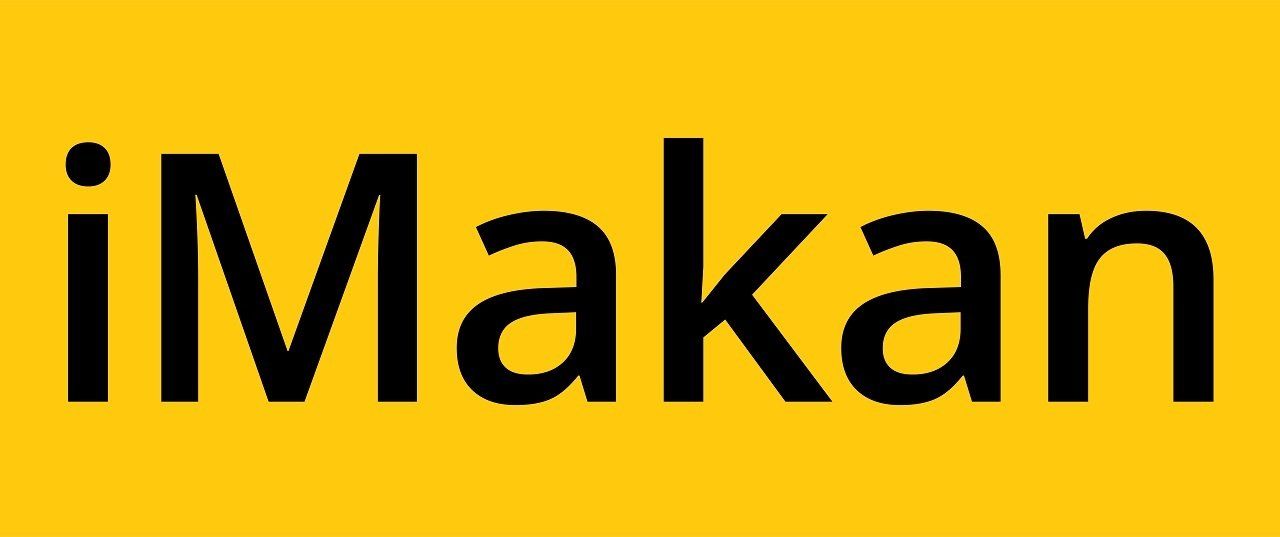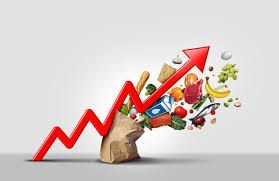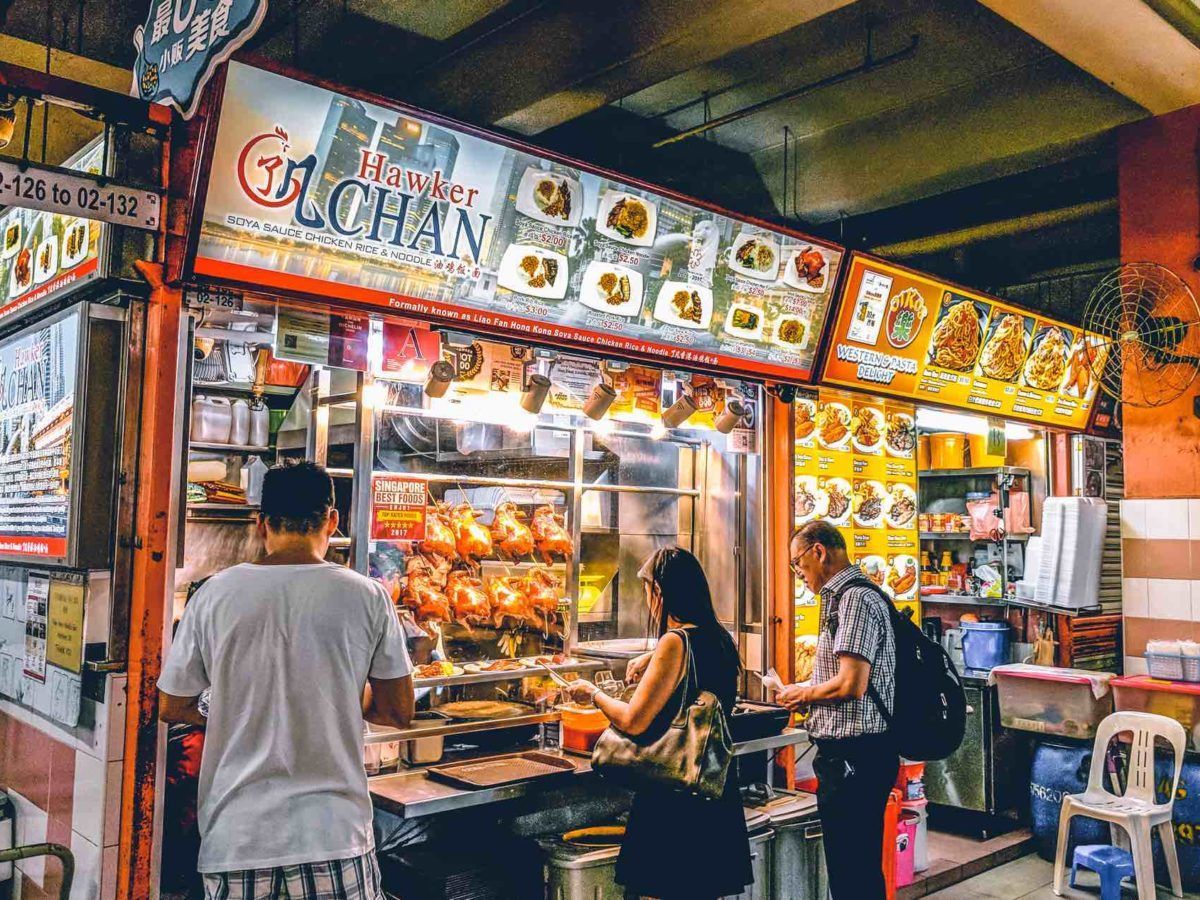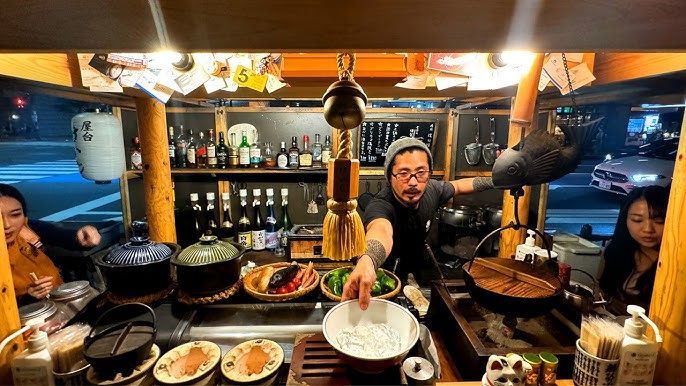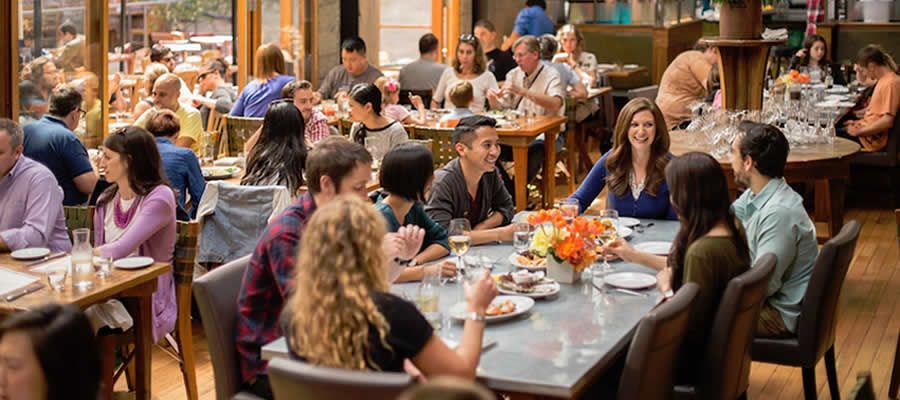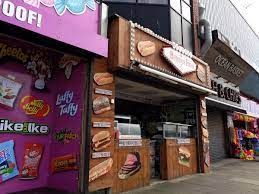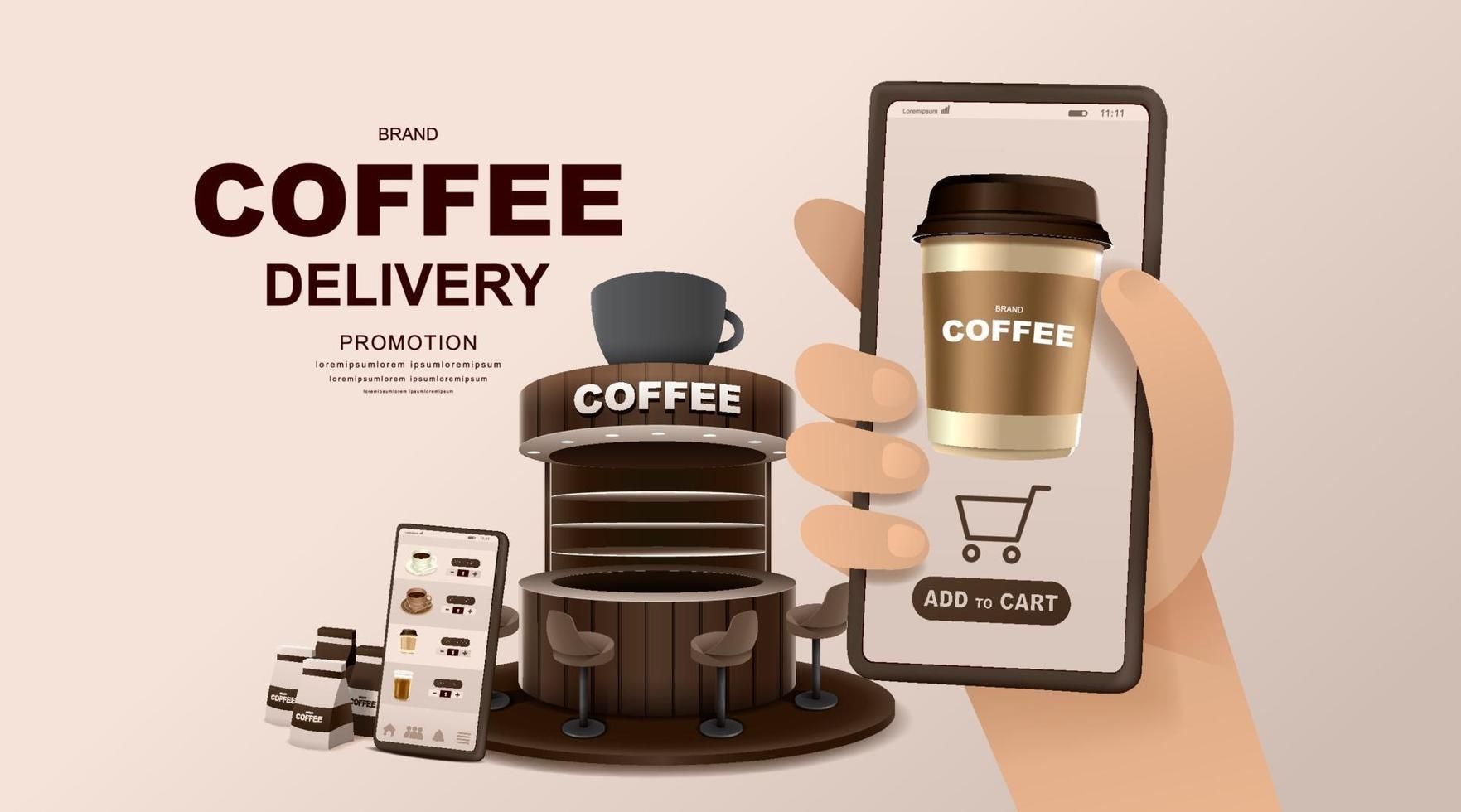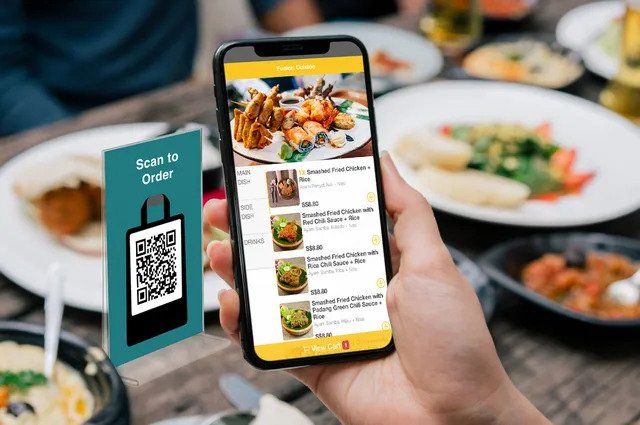The food and beverage (F&B) industry is facing one of its most significant challenges in recent years: labor shortages. As businesses struggle to fill positions, wages and benefits are on the rise as a means to attract and retain staff. This trend is not only reshaping the industry’s workforce but also driving innovation in operations and customer service.
Understanding the Labor Shortage Crisis
Labor shortages in the F&B industry have become a global issue. Several factors contribute to this crisis, including the aftereffects of the COVID-19 pandemic, shifts in worker preferences, and increasing competition for talent. Many former F&B employees have transitioned to other sectors, seeking higher pay, better working conditions, or more stable employment.
As a result, F&B businesses are finding it increasingly difficult to maintain adequate staffing levels, leading to longer wait times, reduced service quality, and even temporary closures in some cases. The shortage has created a competitive labor market where businesses must offer more attractive compensation packages to fill vacancies.
Wage Increases and Enhanced Benefits
To combat the labor shortage, many F&B establishments are raising wages significantly. Offering higher hourly rates, bonuses, and enhanced benefits such as health insurance, paid leave, and flexible working hours has become a necessity rather than an option. These incentives are crucial in attracting new employees and retaining existing ones in a tight labor market.
While these measures are essential for staffing, they also present challenges. Higher wages increase operating costs, which can strain the profitability of small and medium-sized enterprises (SMEs). Consequently, businesses must find ways to balance these costs while maintaining service standards and customer satisfaction.
The Role of Automation and Streamlined Operations
To mitigate the impact of labor shortages and rising wages, many F&B businesses are turning to automation and streamlined operations. Technologies such as self-ordering systems, including QR code ordering and self-ordering kiosks, are becoming increasingly popular as they reduce the need for staff while enhancing the customer experience.
QR Ordering: QR code ordering allows customers to scan a code with their smartphones, browse the menu, place their orders, and even pay—all without the need for direct interaction with staff. This system not only reduces the demand for front-of-house staff but also speeds up the ordering process, leading to faster table turnover and increased revenue. Moreover, QR ordering systems can be integrated with existing POS systems, allowing for seamless operation and efficient order management.
Self-Ordering Kiosks: Self-ordering kiosks are another innovative solution helping F&B businesses cope with labor shortages. These kiosks allow customers to place their orders at their own pace, reducing wait times and freeing up staff to focus on food preparation and other essential tasks. Self-ordering kiosks can also enhance the customer experience by offering personalized recommendations and upsell opportunities based on previous orders or current preferences.
The Future of the F&B Workforce
The ongoing labor shortages and wage increases are likely to continue shaping the F&B industry for the foreseeable future. As businesses navigate these challenges, the adoption of technology and automation will play a critical role in sustaining operations and meeting customer demands. By embracing solutions like QR ordering and self-ordering kiosks, F&B businesses can reduce their reliance on human labor, control costs, and ultimately improve their competitiveness in a rapidly evolving market.
In conclusion, while labor shortages and wage increases present significant challenges, they also drive innovation within the F&B industry. By investing in automation and streamlining operations, businesses can not only weather the current labor crisis but also position themselves for long-term success.
If you are looking to digitalise your business with self ordering solutions like self ordering kiosks, QR ordering solutions or online ordering, click here to contact us to learn more!
